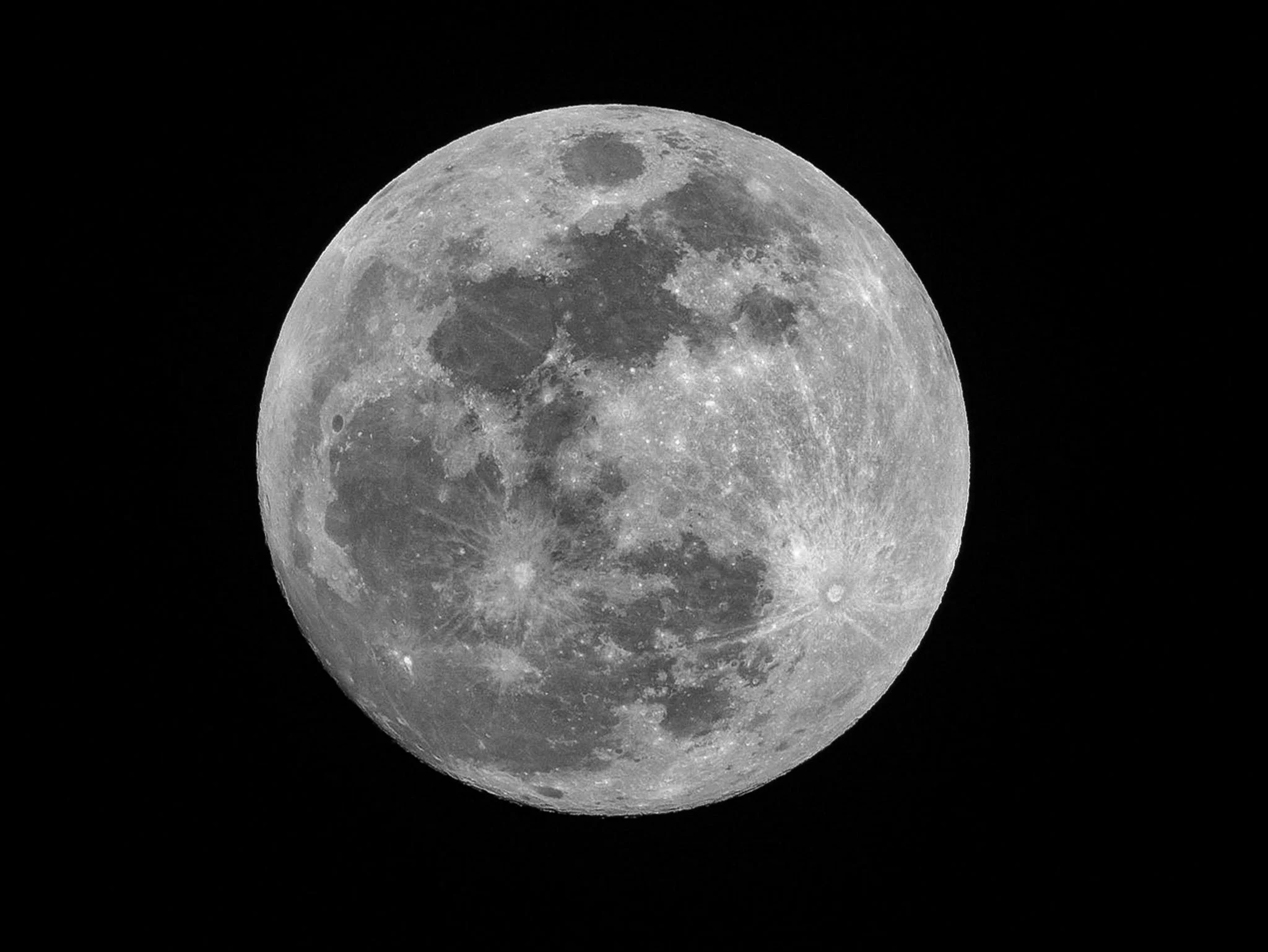The Gendering of Nature in Ted Hughes’s Season Songs (1975).
Mike Petrucci, Unsplash.
Season Songs (1975) is a fascinating poetic collection by Ted Hughes which intertwines nature and the cyclical patterns of the seasons within deeper human themes; an interesting one being the interplay between gender and nature and thus the basis of this article. Hughes breaks traditional romanticist perspectives when describing nature such as showing it as brutal and indifferent, as well as often gendered roles assigned to nature too. His relationship with nature is complex, and the way he personifies or genders it can reflect different themes like power, violence, fertility, mystery, and even psychological struggle. He also typically applies feminine characteristics, though not always in a straightforward or typical way. Here I will discuss only one of countless examples from the collection.
The Harvest Moon:
‘The Harvest Moon’ focuses on the end of a season, as this full moon occurs closest to the autumnal equinox, so marking the beginning of autumn. Symbolising both an end and a beginning, the moon guides the reader through this seasonal transition. The moon (often seen as feminine), presides over a scene that is both beautiful and eerie connected to cycles of harvest, fertility, and menstruation. The poem mixes modern and traditional imagery, with simple language, where it evinces a mood of celebration of the natural scene as the harvest moonreigns like a monarch in the sky. The poem begins with ‘The flame-red moon, the harvest moon’ (l.1) introducing the moon in two separate ways. The fire imagery brings a warmth to the moon and relates it to the passing heat of summer. Hughes writes that instead of rising upward into the sky, the moon is instead ‘To lie on the bottom of the sky’ (l.5). The idea of scale is a cornerstone of sublime thinking and so Hughes presents a clear image of the immensity of the moon hanging above the spectator. The moon is also presented as ‘Booming softly through heaven, like a bassoon’ (l.7). The use of ‘booming’ draws upon sublime ideas of the moon’s magnanimous size once again; however, it is followed by ‘softly’ which represents a beautiful and tamer image. The simile likening the moon to a bassoon presents the ‘booming’ sound as rich and sonorous, and that despite its size, both the moon (and bassoon) produces low and gentle sounds. In an endeavour to link all of nature together, Hughes uses the moon to draw the attention of all creatures in an act of worship: ‘A kneeling vigil, in a religious hush’ (l.11). The custom undertaken evokes a powerful image of obedience from an anthropological perspective.
The simple act of the creatures kneeling before the moon brings animal and nature together in a quiet act of healing and restoration as the season begins to change. Hughes once again anthropomorphises nature, in this case, the moon, by saying that the animals ‘stare up at her petrified, while she swells’ (l.14). The imagery of ‘petrified’ evokes sublime thought, as the animals are both aghast and captivated by the moon’s power over them. The feminine imagery (‘she swells’) presents ideas of pregnancy and motherhood as the new season of ripening and harvest is about to begin. Hughes once again applies the gendering of these natural images to teach the importance of the female within nature as having essential roles of reproduction, renewal and vitality. This is comparable to the moon’s role in the crucial process of harvest. Hughes once again brings back the idea of the warmth of summer by writing ‘Filling heaven, as if red hot, and sailing/Closer and closer like the end of the world’ (ll.15-16). The effect of this presents an apocalyptic vision as the sun moves further and further upwards in the sky into eventual nothingness. The end of summer has arrived by the now resting moon and ready for the closure, the wheat cries, ‘We are ripe, reap us!’ (l.18). The effect presented here evokes another feminine image, that of fertility, as Hughes use anthropological thought to link the wheat and the natural cycle of the female body. The wheat is both sowed and reaped throughout the poem and draws upon the myth based on the cycle of vegetation, with the goddess (the moon) at its heart. The moon presides over human labour and exhaustion, specifically the feminine labour of harvest, suggesting cyclical sacrifice. Further, the moon represents the essential power of nature as a source of both life and death, as the seasons begin to change. Autumn has now begun, and even rivers are aware of this as they ‘Sweat from the melting hills’ (l.19). The cyclical movement of the water also mirrors the changing of the seasons, reminding the reader that the harvest moon will eventually return.
Ultimately, Hughes wrote that, ‘We need poetry, art, photography, drama and all the imaginative creative energies to make us feel responsible for the Earth and her life as a half-dark, many breasted, precarious miracle.’ Hughes once again shows his affinity to theories of fertility and reproduction, as derived from mythic and anthropological sources. This quote presents a highly gendered depiction of the Earth and her role and requirement of being a Great Mother of the Gods, such as the many-breasted Cybele associated with motherhood, nature and fertility and the source of much inspiration for this wonderful collection.
